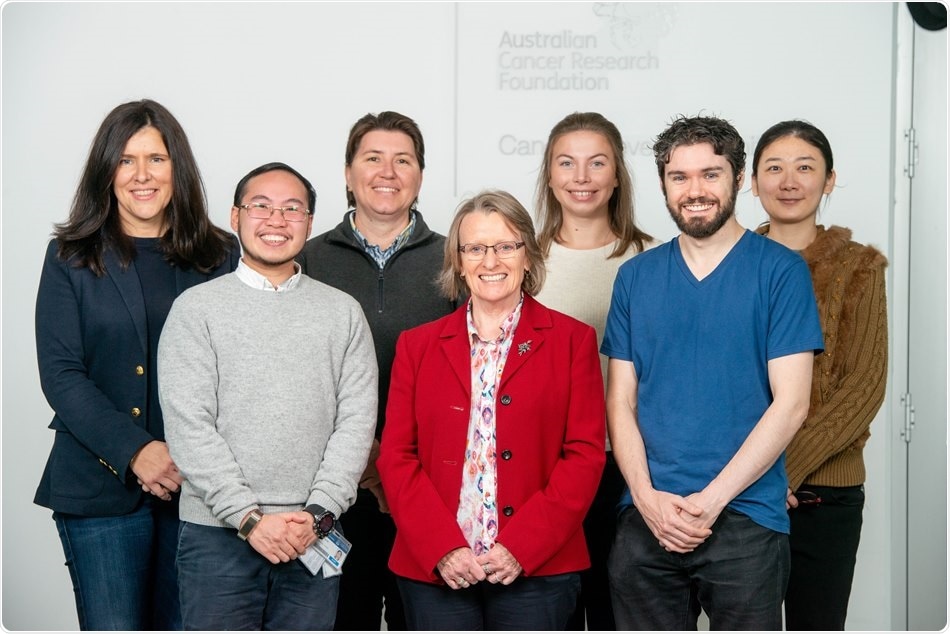Carrying a fetus that is small for gestational age (SGA) is associated with increased rates of stillbirth and neonatal death as well as metabolic disease in later life.
However, new research from Flinders University placental biologist and pregnancy expert Professor Claire Roberts shows that these SGA babies are also more likely to experience asymmetric growth compared to non-SGA infants.
Babies affected by asymmetric growth are more likely to develop chronic adult onset diseases later in life, such as heart disease, high blood pressure, type 2 diabetes and obesity.
Professor Claire Roberts, a Matthew Flinders Fellow, explains that an asymmetric pattern of fetal growth results in babies having a larger head and smaller abdominal circumference than normal.
An increase in the relative head size suggests brain sparing – which means that the brain and the head continue to grow at the expense of the abdominal organs, which results in a thinner abdomen.
Professor Roberts’ research shows that male SGA babies are more at risk of experiencing in utero growth asymmetry compared to females. Sadly, these male-bearing pregnancies are also at increased risk for early pre-term birth, pre-eclampsia at term and acute fetal distress.
By comparison, female infants are more likely to be growth restricted but have fewer complications during and after birth.
We also see sex differences in prevalence, pathogenesis and age of onset in chronic diseases.”
Claire Roberts, Professor, Flinders University
The smallest SGA babies were more likely to be asymmetrically grown and it is the very small or growth-restricted SGA babies that are most at risk for stillbirth, neonatal death, developmental disorders and chronic disease.
Interestingly, known maternal risk factors for SGA, such as cigarette smoking, were only associated with symmetric SGA babies and not asymmetric SGA babies, suggesting genetic factors may be more at play.
The article, Sex- and growth-specific characteristics of small for gestational age infants: a prospective cohort study (2020) by ER van der Vlugt, PE Verburg, SY Leemaqz, LME McCowan, L Poston, LC Kenny, J Myers, JJ Walker, GA Dekker and CT Roberts (on behalf of the SCOPE Consortium) has just been published in Biology of Sex Differences (2020) DOI: 10.1186/s13293-020-00300-z
This work continues Professor Roberts’ examination of fetal sex differences in the pattern of fetal growth in male versus female (SGA) babies – research which also includes an online talk for the recent American Diabetes Association Virtual conference, entitled “Fetal Sex Influences Maternal Diabetes Risk and Pregnancy Complications”.
It represents important new work of Professor Roberts’ Pregnancy Health and Beyond research team that is now based at Flinders University, examining major pregnancy and infant development complications, including a focus on the fetal sex differences in pregnancy outcomes and in the transcriptome (genome wide gene expression by RNA sequencing) of the placenta.
The new publication is part of continuing work on this subject, with Professor Roberts’ research team preparing to work with North American collaborators on researching “Sex differences in early development underlie sex differences in Autism Spectrum Disorder”.
For this project, the Flinders University researchers will examine sex differences in utero in placenta, in maternal adaptations to pregnancy that occur in response to hormones secreted by the placenta into the mother’s bloodstream, and pregnancy complications associated with autism spectrum disorder.
